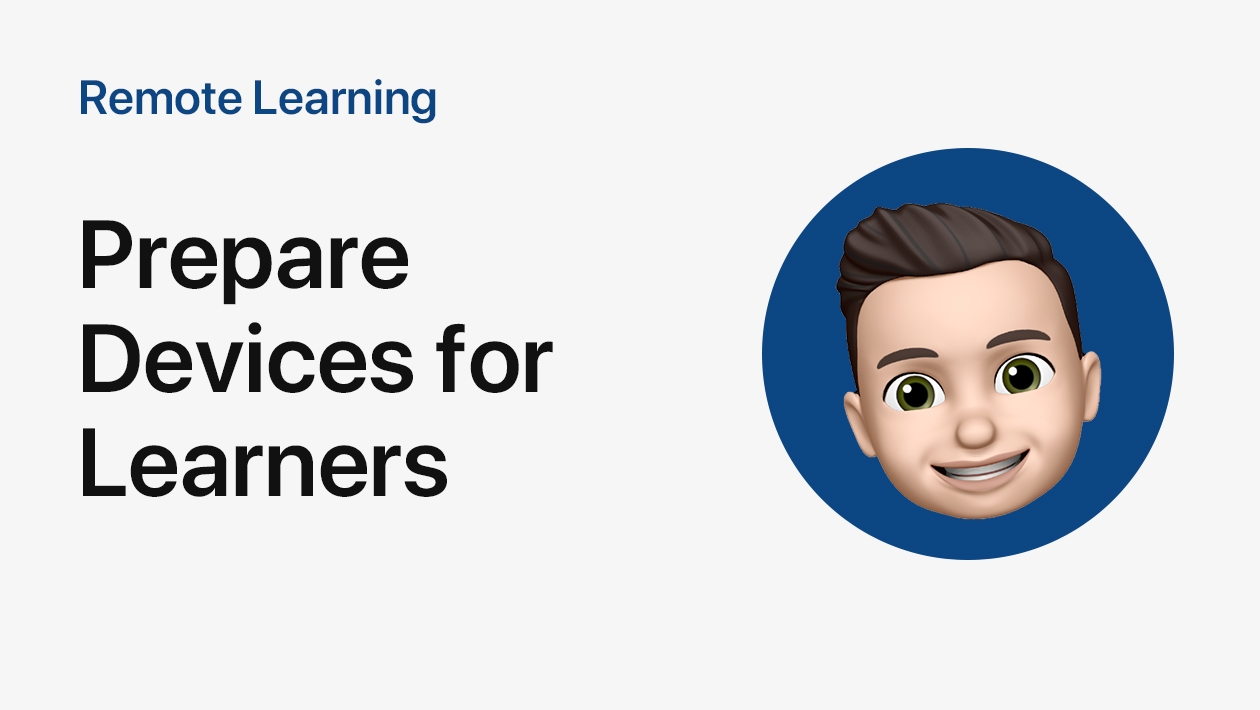I'm curious how many of us are dealing with supporting students on multiple device platforms? What are your best practices for (for example) showing students one way they might complete a digital task using your Apple device while being able to support those who might be on those other (not-to-be-named) operating systems?
I'm envious of the Apple program schools with a single platform!









August 28, 2022 . English
English
I found that my own experience with Apple, Windows, and Linux helped me manage the needs of students with varied OS familiarity. Frankly, without broad experience, I don't know that I could have been much help. In my case I had an Apple desktop at my desk along with a district-supplied Windows laptop. That gave me the essential shared vocabulary necessary to advise regarding either. When I retired, we were still in the "handheld devices barred from classroom" stage, so I never had an IOS/Android issue.
As student requests for help with their favored devices had the potential to become consuming, I did seek out students with advanced device skill sets on whichever platform and employed them as my aides to deal with many issues presented by other students. It also reinforced favorable relationships with the students I called on for help. That may be your best bet.
This action is unavailable while under moderation.
This action is unavailable while under moderation.